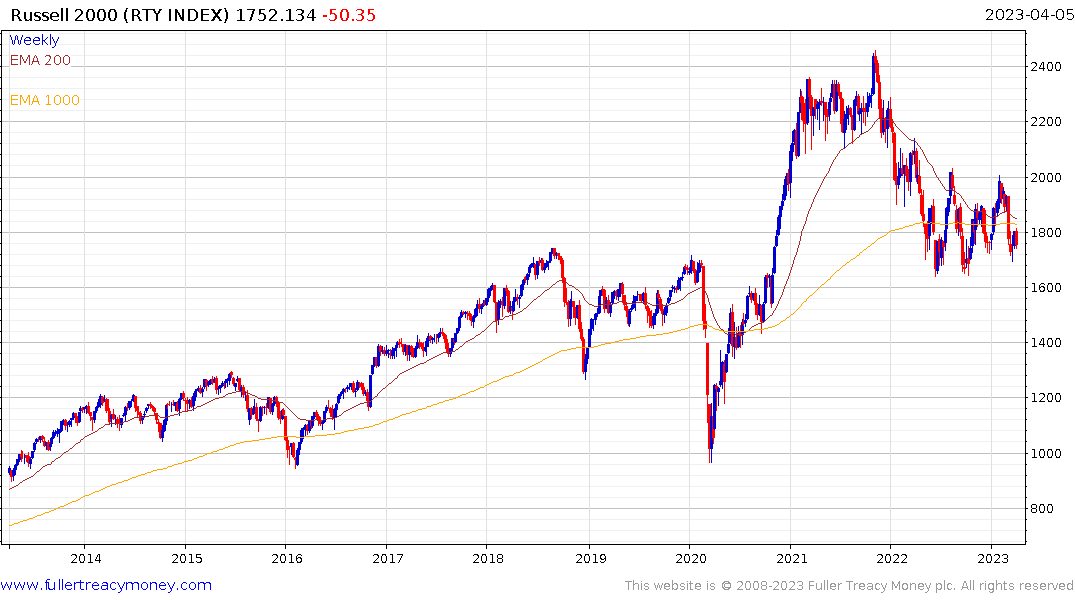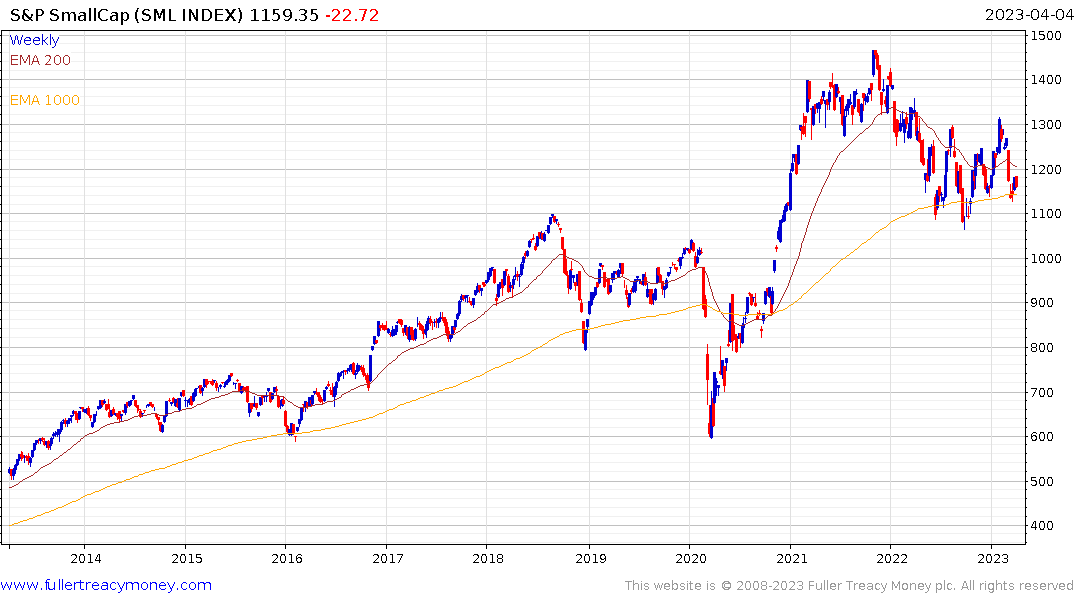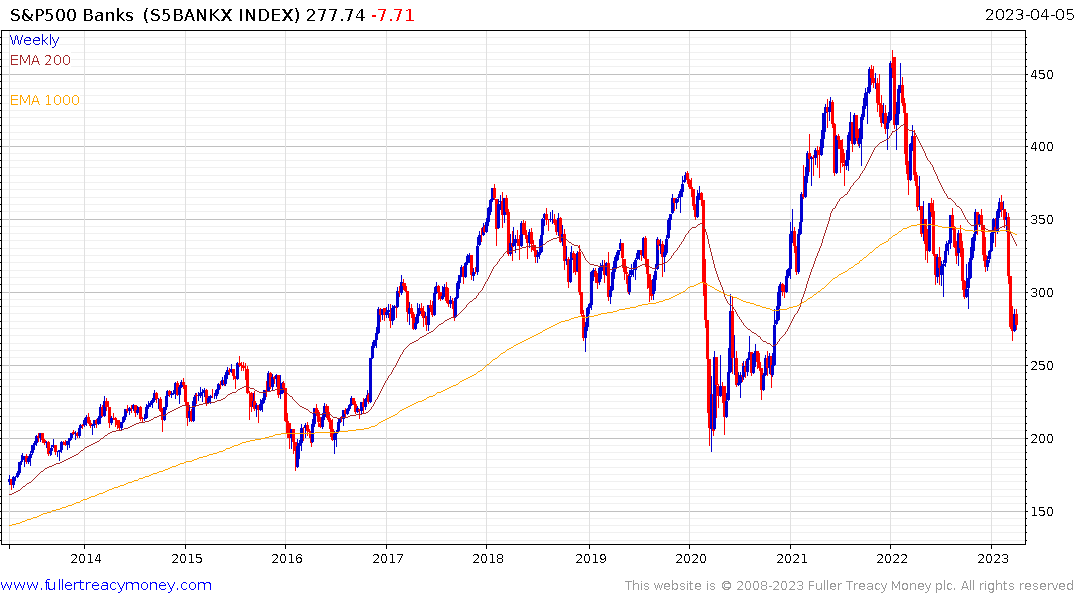US Service Gauge Falls More Than Expected as Demand Moderates
This article from Bloomberg may be of interest. Here is a section:
The group’s index of new orders at service providers dropped more than 10 points to a three-month low of 52.2. While still consistent with expansion, the scale of the drop suggests a significant slowing in the pace of bookings growth. The business activity measure, which mirrors the ISM’s factory production index, slipped to 55.4.
“There has been a pullback in the rate of growth for the services sector, attributed mainly to a cooling off in the new orders growth rate, an employment environment that varies by industry and continued improvements in capacity and logistics,” Anthony Nieves, chair of the ISM Services Business Survey Committee, said in a statement.
The pandemic shutdown represented a massive dislocation which pulled the pendulum of demand into sharply negative territory. Massive fiscal and monetary stimulus was implemented to revive. That ensured when demand recovered, it swung to an extreme level in the opposite direction. Like any pendulum there are several swings to less extreme amplitudes, before it settles back to equilibrium.
We went from the deepest swiftest contraction to the swiftest expansion and recovery in history. That took the global economy from the threat of chronic deflation to the highest inflation in decades. As the pandemic excesses are unwound, the pendulum is about to swing back into contraction. Recessions are inevitable as banks struggle and the lagged effects of sharply tighter monetary policy catch up.
That also means inflationary pressures will moderate and the threat of deflation will appear. The trough will likely not be as deep as during the pandemic. The big outstanding question is on the scale of monetary and fiscal support when trouble is undeniable. The Federal Reserve now has ample room to cut rates and the 2-year yields is already pricing in the beginning of a cutting cycle.
Inflationary pressures point to shorter cycles because central banks and governments will have less leeway to leave stimulus funds in the system for prolonged periods. That suggests a choppy environment for company earnings and by extension the wider market.


Small caps are generally more interest rate/credit sensitive and are also a better reflection of how the wider economy is performing. The Russell 2000 is barely steady at the lower side of the reflective of the 9-month range and the S&P600 Small Cap Index is also back testing the lower side of its range.

Continued weakness in the S&P500 Banks Index is a clear indication of stress in the credit markets.
The potential for monetary excess to get out of control is one of the primary reasons gold is testing its highs.
Back to top

